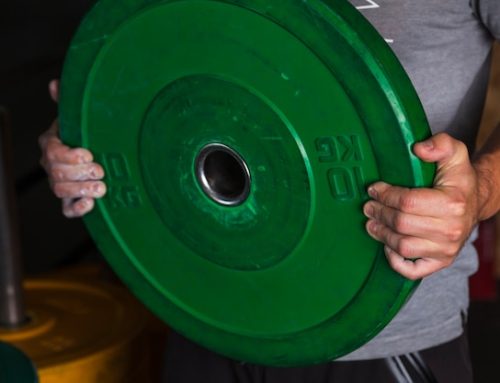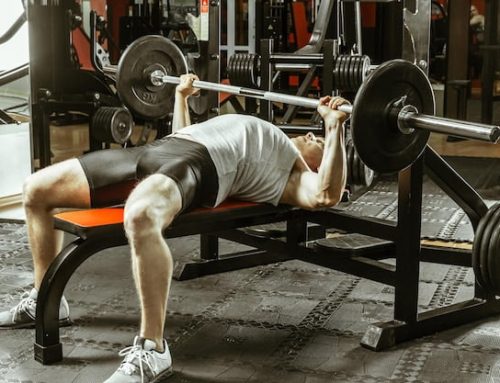The Importance of High-Rep Weightlifting for Hypertrophy
As a weightlifter, you have probably heard of the phrase “go heavy or go home.” While lifting heavy is important for strength gains, it is not the only way to build muscle. High-rep weightlifting, also known as hypertrophy training, is a proven way to gain muscle mass and increase overall size. But how close to failure should you be when training for hypertrophy?
Understanding Hypertrophy
Hypertrophy is the process of increasing the size of your muscle fibers, resulting in a more muscular physique. To achieve hypertrophy, you need to put your muscles under stress. This stress can come in the form of heavy weightlifting or high-rep weightlifting. High-rep weightlifting is defined as training with a range of 8-15 reps per set, with a moderate weight that is roughly 70-80% of your one-repetition maximum (1RM).
Training to Failure
Training to failure means reaching the point in a set where your muscles can no longer perform another rep. This is a common way to train for hypertrophy, but is it necessary to reach failure to see results? The short answer is no. Training to failure can be beneficial for hypertrophy, but it also comes with risks. When you train to failure, you increase your risk of injury, and it can take longer for your body to recover.
The Benefits of High-Rep Weightlifting
High-rep weightlifting has many benefits when it comes to hypertrophy. First, it allows you to get more volume in your workouts. Volume is defined as the number of sets and reps you perform. By doing higher reps, you are able to get more volume in, which can lead to more muscle growth. Secondly, high-rep weightlifting has been shown to increase time under tension (TUT). TUT refers to the amount of time your muscles are under stress during a set. When you perform high reps, your muscles are under stress for a longer period of time, leading to increased hypertrophy.
How Close to Failure?
So how close to failure should you be when training for hypertrophy? The answer is not clear-cut. Some studies suggest that training to failure is necessary for hypertrophy, while others suggest that it is not necessary. It ultimately depends on your individual goals and preferences. If you want to push yourself to the limit and see faster gains, training to failure may be right for you. However, if you prefer to train with more moderate intensity and avoid injury, stopping a few reps short of failure may be a better option.
The Role of Progressive Overload
No matter how close to failure you train, progressive overload is essential for hypertrophy. Progressive overload is the gradual increase of stress placed on your muscles over time. This can be achieved through increasing weight, reps, or sets. By progressively overloading your muscles, you force them to adapt and grow. It is important to note that progressive overload should be done in a safe and controlled manner, to avoid injury.
The Importance of Recovery
Recovery is just as important as the workout itself when it comes to hypertrophy. When you lift weights, you are essentially breaking down your muscles. It is important to give your muscles time to recover and repair before putting them under stress again. This includes getting enough sleep, eating a well-balanced diet, and giving your muscles time to rest between workouts.
The Bottom Line
High-rep weightlifting can be a valuable tool in achieving hypertrophy. Whether you choose to train to failure or not, progressive overload is key to muscle growth. It is also important to prioritize recovery to avoid injury and allow your muscles time to repair. Remember, hypertrophy is a marathon, not a sprint. Consistency and patience are key to seeing long-term gains.






